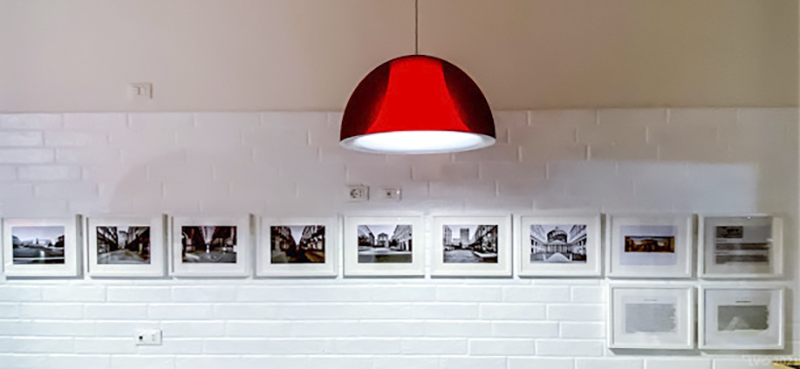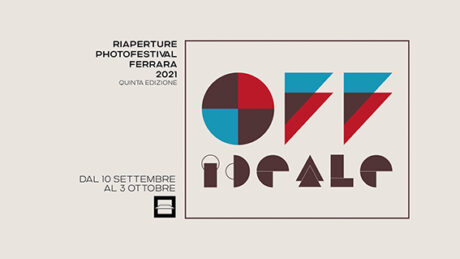Reopening-OFF circuit (Ferrara)
Città ideale
Mentre siamo travolti da eventi estremi, riprendere il dibattito rinascimentale sulla città ideale (si cita La Città ideale, Monastero di S. Chiara, Urbino, Autore sconosciuto) può creare spunti di riflessione, utili a rileggere l’architettura di Milano. Si vuole nella proposta evidenziare il contrasto fra tale stimolo positivo e la fase di gravissima criticità che ha colpito il pianeta. Proprio da ciò si genera una tensione di attesa che è di fatto lo slancio ideale, che dà un senso al tutto.
Ideal City
While we are overwhelmed by extreme events, revisiting the Renaissance debate on the ideal city (we cite The Ideal City, Monastery of S. Chiara, Urbino, Author unknown) can create food for thought, useful for rereading the architecture of Milan. The proposal aims to highlight the contrast between this positive stimulus and the very serious critical phase that has hit the planet. Precisely from this a tension of expectation is generated which is in fact the ideal impetus, which gives meaning to everything.


